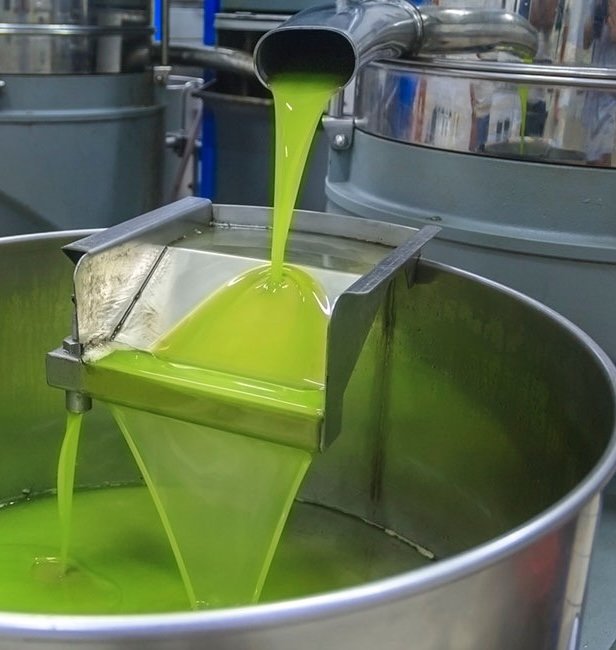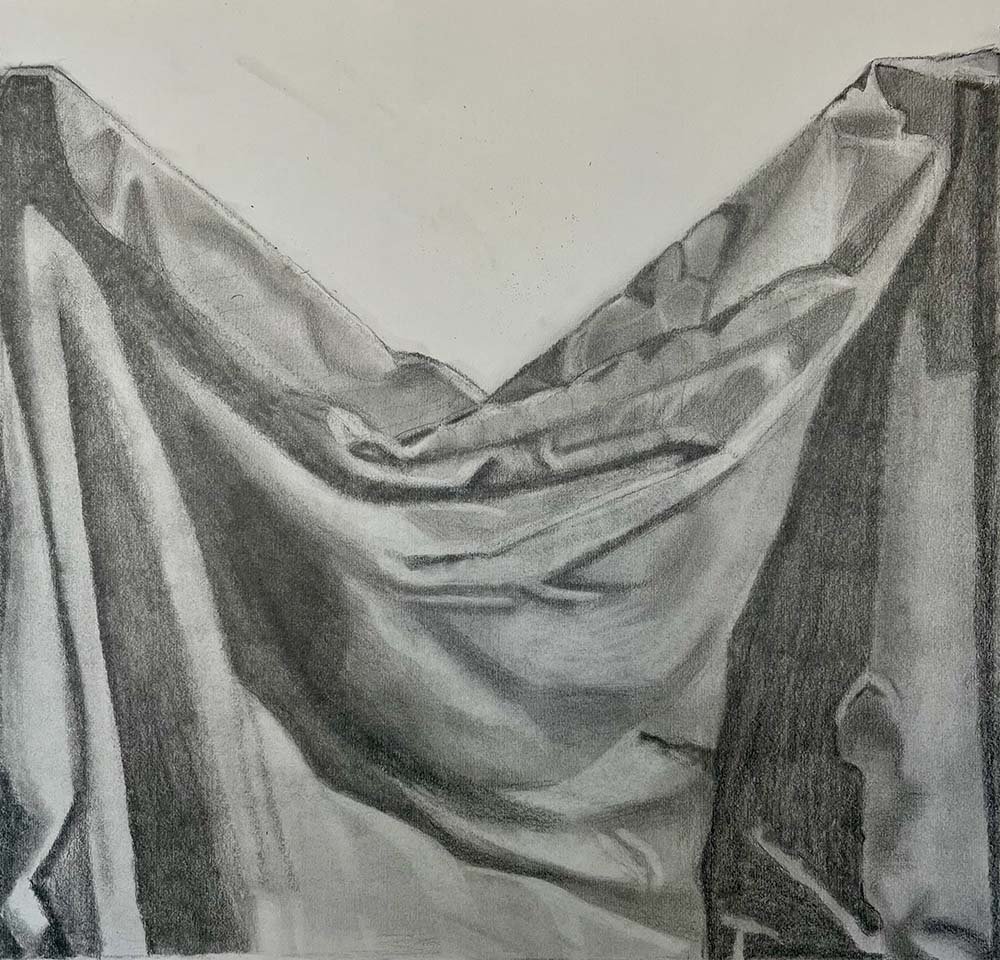24 Sep The Art History Road Trip following Piero della Francesca
It was hard to leave Florence, and before we do I would recommend visiting one of the three Cibrèo establishments, clustered around a corner of the Sant’Ambrogio market. There are, in ascending order, the Trattoria, the Caffe and, with a Michelin star, the restaurant. We ate a hearty rustic meal in the very affordable junior Trattoria on our final night and enjoyed it very much. The next morning we set out for Siena and the art history seemed to fade away in the heat.

We broke our journey at the almost fairytale hilltop hamlet of Monteriggioni. Its 14 towers are connected by medieval walls forming a circle containing a couple of churches, two hotels and three trattorias. When we last visited in 1998 it was scruffy and picturesque. The central piazza has now been smartened up and a modern glass and wood walkway added along the old stone walls. It seems nothing stays the same.
Arriving in Siena the steeply sloping old streets are a challenge for suitcases. We consoled ourselves with another outstanding dinner in a walled yard full of beautiful and smartly dressed people that could have stepped out of a Fellini movie.
I took this photo that night, drawn to the cathedral by the dreamy sound of a lone cellist playing Bach in the forecourt. The next morning we returned and fought our way round the building, struggling to admire its complex black and white marble floor amidst the throng. We left with a sense of release and headed south.

Passing a sign advertising olive oil we stopped and were treated to a tasting. Six oils, all grown on the same small farm but ranging in colour from an intense pale green to a dark honeyed yellow. As we sipped the oils their stories were recounted and, before moving on, we cleared our palates with a slice of apple. We bought three litres of a distinctive oil that has dramatically improved every meal it’s been added to since.

That evening we had planned an architectural treat rather than an artistic one. Montepulciano’s via di Gracciano is one of the most beautiful streets in Italy, lined with vast stone palazzi. We indulged our regular habit of imagining what they would be like to live in. Deciding there was time for a quick spin around the museum before dinner Spike was astonished to discover a painting by Caravaggio that he had never seen before, a portrait of no less a villain than Scipione Borghese, very likely the man who had put a hit out on the painter and thus acquired the pictures Caravaggio had been taking to Rome when he died, and which you can now see in the Galleria Borghese in Rome. Some experts are very snooty about this attribution, but Spike thought it looked absolutely right. What do you think?

Caravaggio, Portrait of a gentleman (Scipione Borghese?) between 1598 and 1604
Next on the itinerary was Arezzo, to see the frescos by Piero della Francesca. Spike was looking forward to Arezzo as he had never been there before, however, when we got there it turned out that he had, to film the house of Giorgio Vasari. I’ll tell you all about that next week.
FOLD of the WEEK: ‘DIAPER’
The second fold studied on my drapery drawing course was the Diaper fold. This has nothing to do with a nappy: dia means across in Greek. A diaper fold is what happens to fabric held between two points of attachment, wide enough apart to create an angle in the folded fabric that is wider than ninety degrees. They were popular with Renaissance artists to show directional flow, with curves and overlaps which can be used to effectively move the viewers eye around a painting.

Here are some diaper folds in The Flagellation, 1452, by Piero della Francesca. We both like Piero very much and you’ll be hearing more about the life and works of this innovative and revolutionary artist next week.



